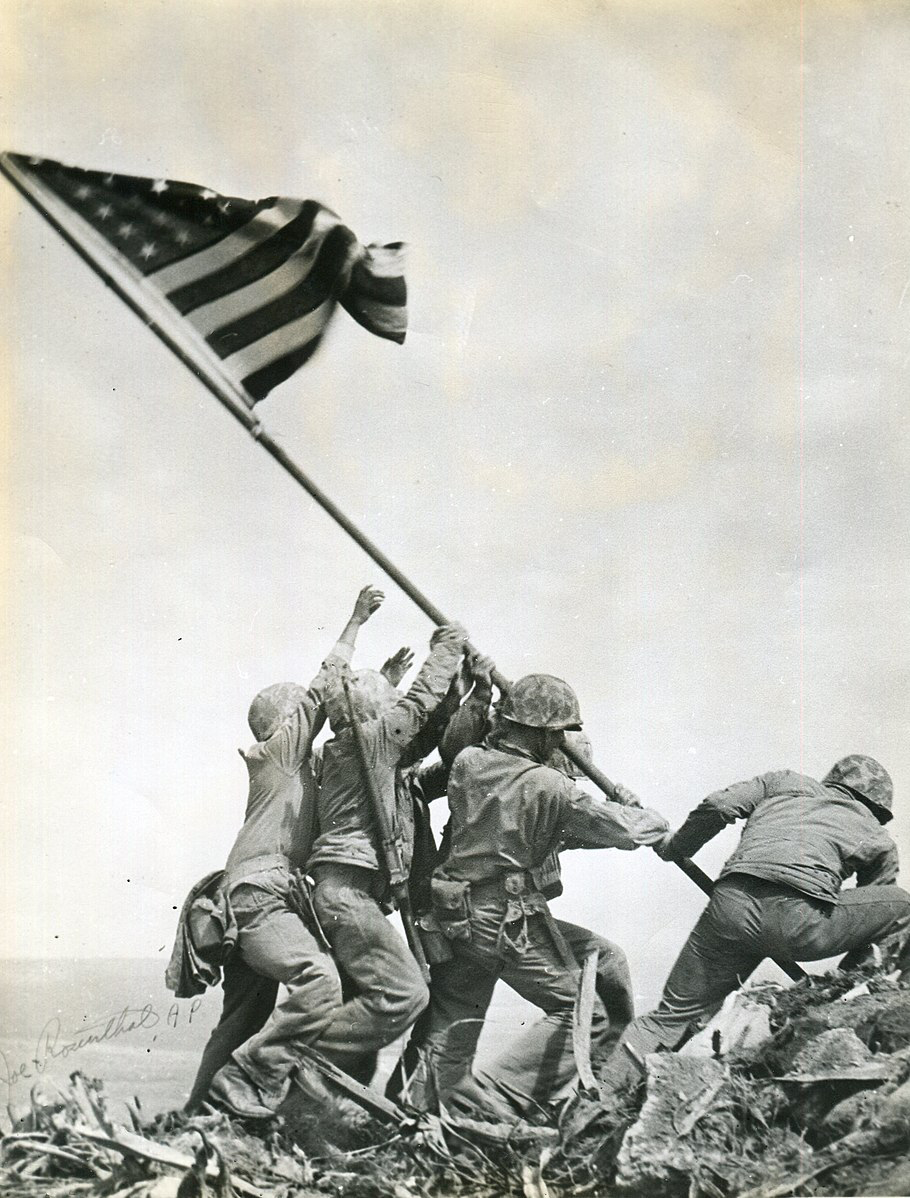Photos have long played a pivotal role in bringing news stories to life and engaging readers. As the saying goes, “a picture is worth a thousand words.” This rings true now more than ever in our visually driven digital age. The use of photographs in news reporting dates back to the early days of the camera in the 19th century.

Mathew Brady
A deserted camp and wounded member of a French infantry.
Mathew Brady was one of the first to demonstrate the power of images in journalism during the Civil War, bringing home the grim realities of war through his photographs of battlefields strewn with bodies. His work showed how photographs could evoke raw emotion and provide an unfiltered look at historic events.
Over the 20th century, improvements in camera and printing technologies allowed news photos to flourish. Magazines like “Life and Look” relied heavily on gripping news photos that gave readers an intimate window into world events like World War II and the Civil Rights Movement.
Who could forget the iconic photo of soldiers raising the flag at Iwo Jima, or the startling images of segregated water fountains and lunch counters? These photos forever engraved pivotal moments into the public consciousness.
Today, news photos continue to enhance storytelling by capturing attention and stirring emotions. As Margaret Bourke-White once said, “Photography is a small voice, at best, but sometimes one photograph, or a group of them, can lure our sense of awareness.”
After all, it’s one thing to read statistics about a famine or refugee crisis – it’s quite another to see a starving child or a grief-stricken family in a vivid photograph.

Elliott Erwitt/Magnum Photos
Segregated water fountains.
Photos can transcend boundaries of language and culture to broadcast universal human stories. As Dorothea Lange asserted, “The camera is an instrument that teaches people how to see without a camera.”
While photographers strive to capture newsworthy images, great care is also taken to avoid exploitation or breach of privacy. Ethical standards must be followed. Powerful photos only enhance a news story if they depict reality through an objective lens.
As Don McCullin wisely remarked, “Photography for me is not looking, it’s feeling. If you can’t feel what you’re looking at, then you’re never going to get others to feel anything when they look at your pictures.”
Nonetheless, when done right, news photos provide an unparalleled visual account of our world. They bear witness to pandemics, wars, natural disasters, and all chapters of the human experience. Photographs will no doubt continue to help crystallize news stories into indelible historical documents for generations to come.
The adage rings true – they capture not just an instant, but a thousand words. To end it with a favorite quote from Sebastião Salgado, one of the best photojournalists and someone who has moved the art to a whole new level, aptly puts it, “photography is a language that [doesn’t] need translation.”

Don McCullin
A mother and her kids walking through destroyed London.

